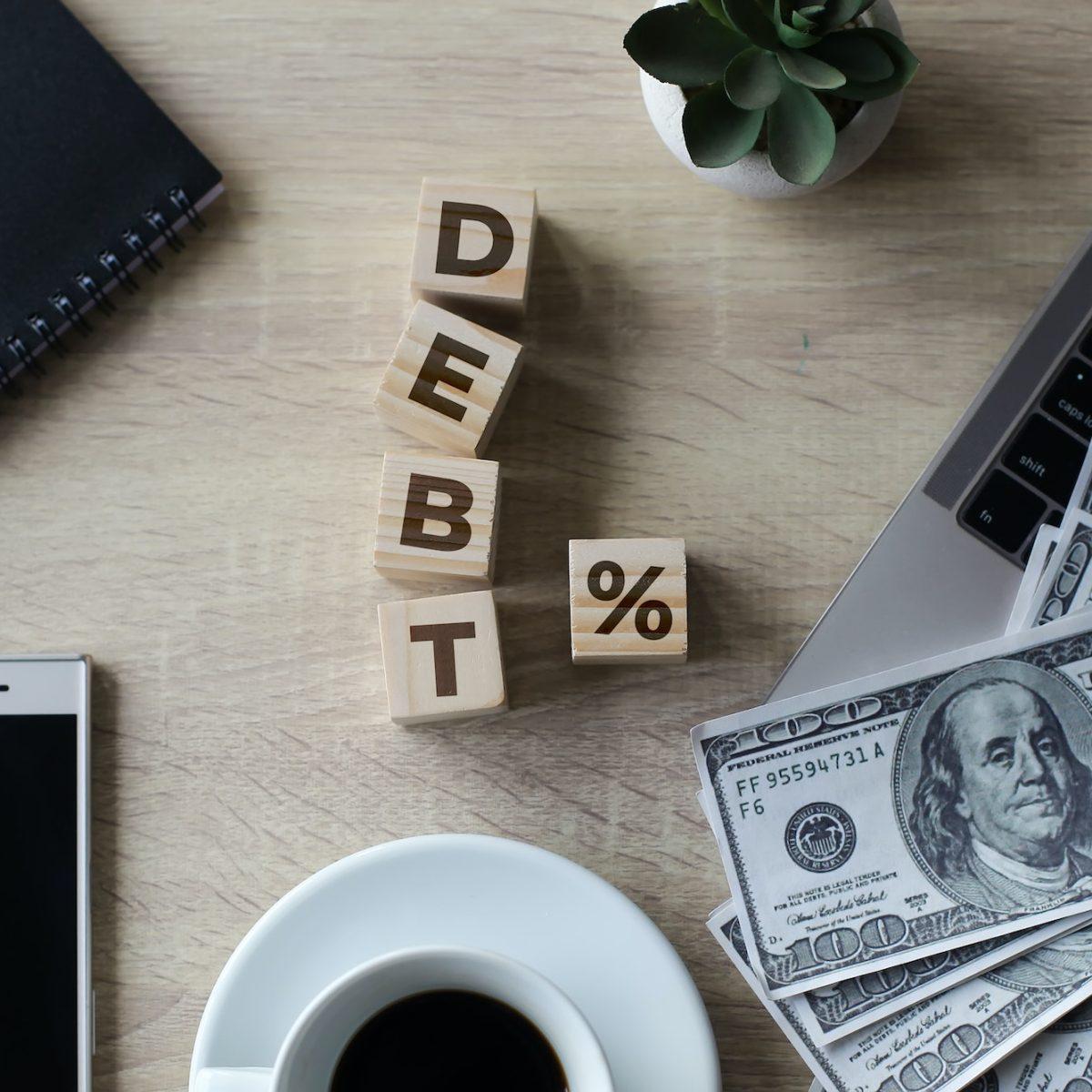The Debt Snowball Method: How to Pay Off Debt Fast
The debt snowball method is a popular and effective way to pay off debt quickly. And this method involves paying off your debts, like the home renovation or development, one by one, starting with the smallest balance first, while making minimum payments on the other debts. By focusing on paying off the smallest debt first, you’ll gain momentum and see the progress that will motivate you to continue on the path to becoming debt-free.
1- Definition of the debt snowball method
The debt snowball method is a debt reduction strategy that involves focusing on paying off your smallest debt first while making minimum payments on the other debts.
2- How the debt snowball method works
Once you’ve listed all of your debts, ranked them by balance (lowest to highest), and created a budget, you’ll make minimum payments on all debts except the smallest. You’ll then put as much extra money as possible towards the smallest debt until it’s paid off. Then, you’ll move on to the next smallest debt, using the extra money from the paid-off debt to accelerate the process.
3- Benefits of using the debt snowball method
The debt snowball method has several benefits, including:
- Quick wins that provide motivation to continue
- Increased cash flow as you pay off debts
- A sense of control over your finances as you see progress.
4- Steps to use the debt snowball method
Step 1: List all of your debts
The first step to using the debt snowball method is to list all of your debts. This includes the creditor’s name, balance, interest rate, and minimum payment for each debt.
. Include creditor name, balance, interest rate, and minimum payment
This information will help you see a clear picture of your debt and prioritize which debt to pay off first.
. Rank debts in order of balance (lowest to highest)
Ranking your debts by balance (lowest to highest) will help you focus on paying off the smallest debt first, providing quick wins and motivation to continue.
Step 2: Create a budget
The next step is to create a budget that will help you allocate extra money toward paying off debt.
. Explanation of how to create a budget
To create a budget, list all of your income and expenses. Make sure your expenses are less than your income, so you have extra money to put towards paying off debt.
. Importance of sticking to a budget
Sticking to a budget is crucial for the debt snowball method to be effective. By doing so, you’ll ensure that you have the extra money needed to pay off debt quickly.
. How to adjust the budget as needed
As you progress through the debt snowball method, you may need to adjust your budget. For example, as you pay off debt, your minimum payments will decrease, freeing up extra money.
Step 3: Make minimum payments on all debts except the smallest
The next step is to make minimum payments on all debts except the smallest. This will free up extra money to put towards the smallest debt.
. Explanation of how this frees up extra money to put towards the smallest debt
By making minimum payments on all debts except the smallest, you’ll have extra money to put toward paying off the smallest debt as quickly as possible.
. How to prioritize paying off the smallest debt first
Focusing on paying off the smallest debt first will provide quick wins that will motivate you to continue on the path to becoming debt-free.
Step 4: Repeat the process
Once the smallest debt is paid off, you’ll repeat the process, moving on to the next smallest debt.
Once the smallest debt is paid off, move on to the next smallest.
Explanation of how the extra money from the paid-off debt will accelerate the process: By using the extra money from the paid-off debt to accelerate the process, you’ll be able to pay off the next debt more quickly, and so on, until all of your debts are paid off.
5- Tips for Success
To help ensure success with the debt snowball method, it’s important to stay motivated and on track, deal with unexpected expenses or setbacks, and build an emergency fund.
. Stay motivated
It can be easy to get discouraged when paying off debt, but staying motivated is key to success. Set small goals along the way, celebrate each victory, and remind yourself why you’re doing this. Having a debt-free goal in mind can also help keep you motivated.
. Deal with unexpected expenses or setbacks
Unexpected expenses or setbacks can derail even the best-laid plans. To avoid this, it’s important to build an emergency fund, so you have a cushion to fall back on in case of an emergency. You can also consider creating a debt payment plan that includes a small cushion for unexpected expenses.
. Build an emergency fund
An emergency fund is a critical component of a debt repayment plan. It can help you avoid taking on more debt in case of an unexpected expense and give you peace of mind knowing you have a safety net. Aim to save at least $1,000 in an emergency fund before starting to pay off debt.
—
Last word
After you borrow the money you need, you start thinking about paying it off. The debt snowball method is a proven way to pay off debt quickly. By following the steps outlined in this post, you can take control of your finances and become debt-free in no time. Remember, the key to success is staying motivated, dealing with unexpected expenses or setbacks, and building an emergency fund. Start today and take control of your finances!
